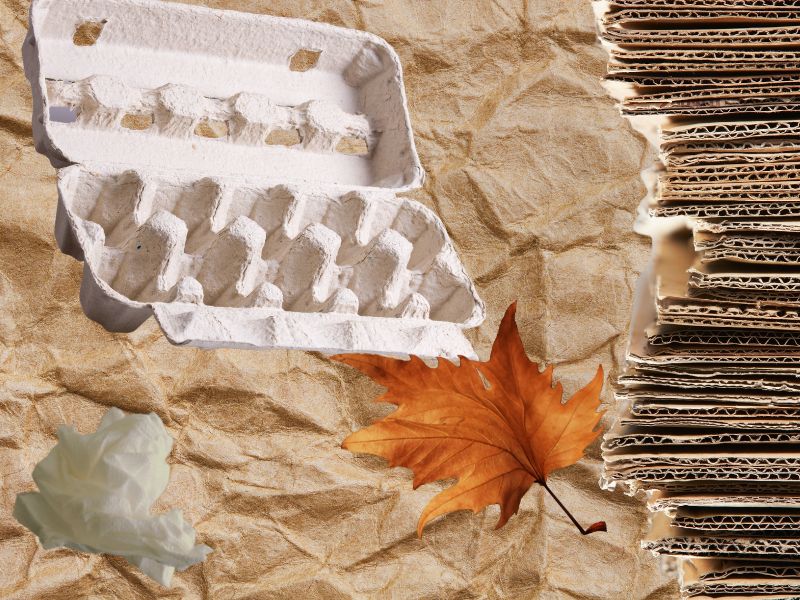From the Rotline: What “browns” can I use in my compost?

Rotline Question: Can I make a traditional compost pile with paper as my only “browns” material? What else can I use?
Answer: Making a traditional compost pile with paper as your only brown is doable, but not optimal.
In order for the materials of your compost to break down efficiently, a sufficient amount and balance of nitrogen (“greens”), carbon (“browns”), moisture, and oxygen are needed. Paper can retain moisture and clump together, which can increase the moisture in your pile and affect the oxygen levels. This is especially true with a passive style of composting as opposed to an active style in which the pile is regularly turned to incorporate air. Too much moisture and not enough oxygen can cause your pile to become anaerobic. This is indicated by an unpleasant smell; well-aerated compost never smells bad! To avoid this challenge, you’ll want to turn your pile on a weekly basis to mix air in, break apart clumps of paper, and keep materials loose and “fluffed.”
However, even if you choose to be more active and engaged with the maintenance of your pile, using paper as your only brown can affect the quality of the final product. Because paper has been highly processed, your finished compost can have a dense and pulp-like consistency, rather than being like soft and fluffy soil. It is also good to aim for diversity in your compost to create a final product with a higher nutritional content. Using other browns such as dried yard debris, bark, woody materials, or straw can also help maintain the oxygen level in your pile by creating small spaces for air. If varied types of browns are not readily available to you and you just want to compost food scraps, then vermicomposting may be a better way to go.
Here’s a list of “browns” you likely have around the house. These work perfectly in your compost bin!
- Paper grocery bags
- Newspaper
- Tree bark
- Shredded paper
- Toilet paper rolls
- Paper towel rolls
- Brown lunch bags
- Cardboard
- Dryer lint
- Coffee filters
- Tea bags
- Natural fiber fabrics
- Cereal boxes
- Packaged food boxes
- Egg cartons
- Hair
- Junk mail
- Food-soiled paper towels/napkins
- Paper packing materials from shippments
Written by 2019 (City of San Diego) Master Composter Grad Hannah Snyder
